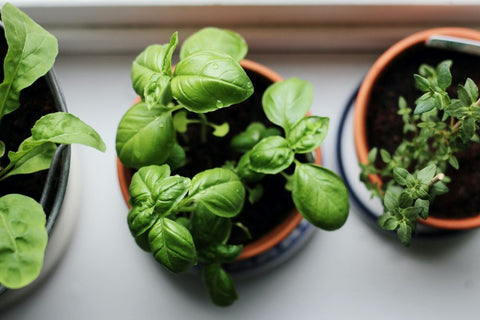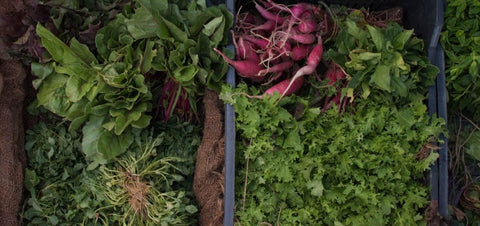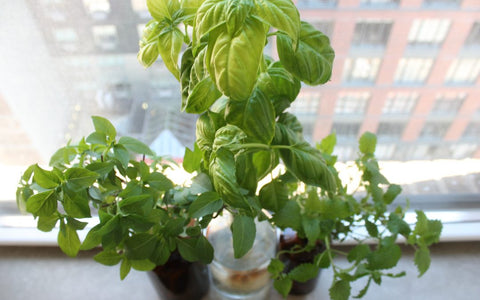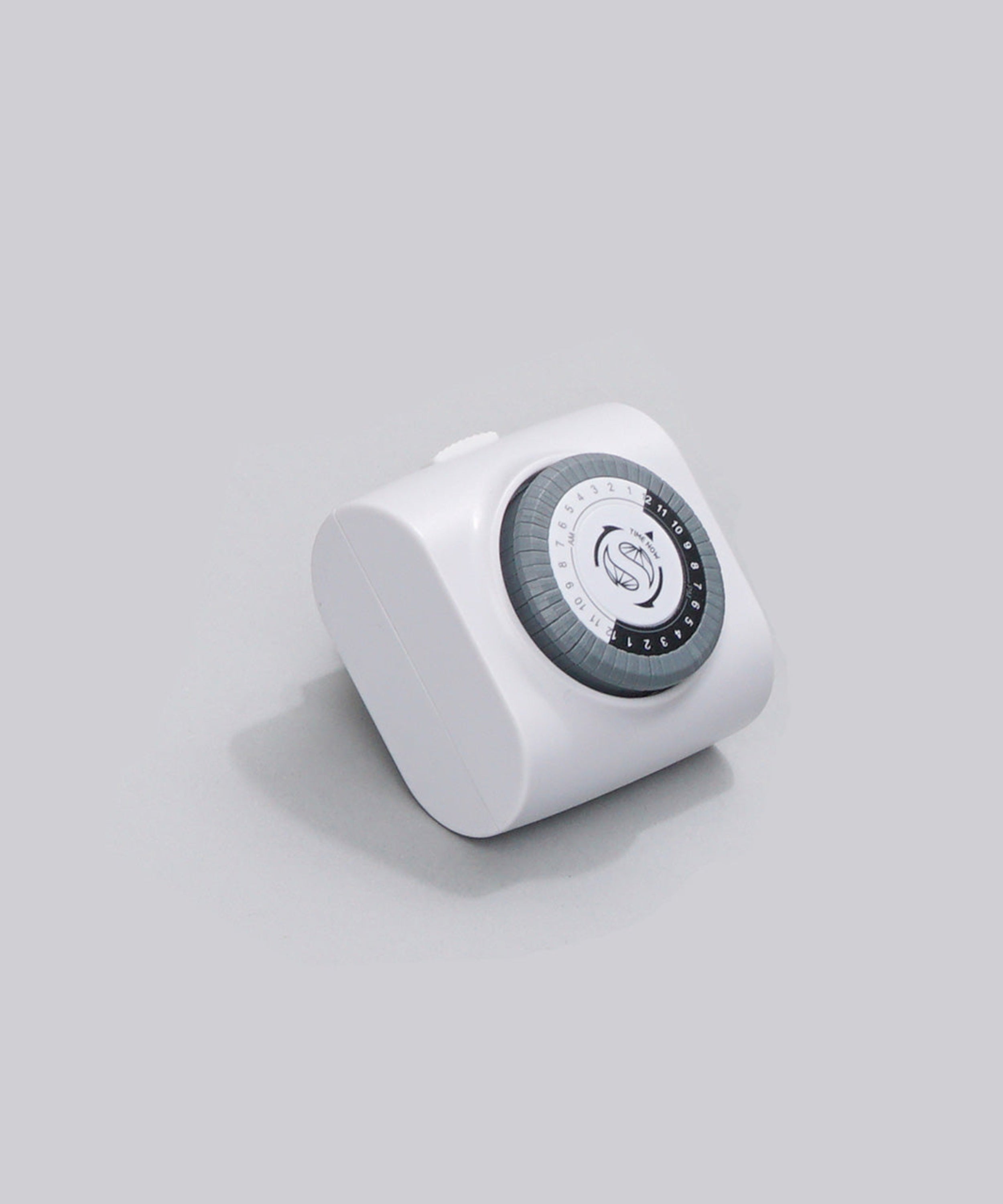In nature, roots expand into the earth to access the water and nutrients plants need to grow. Indoors, that earth is replaced with a container that provides the same essential elements, usually with less effort than growing in the ground. In fact, many outdoor gardeners still choose containers because it’s easier to grow bigger, more consistent harvests. Containers vary from simple pots with soil to advanced hydroponic setups, offering opportunities to create the perfect environment for each type of plant based on its root growth.
In this blog, we’ll explore how different plants have unique needs, discuss the main styles of containers, and help you choose the best method for each indoor edible plant.
Should All Plants Be Watered the Same Way?
It should come as no surprise that there isn't a "one-size-fits-all" watering technique. Because plants have evolved to live in diverse landscapes and climates, their watering needs vary greatly. For example, a plant accustomed to the dry, rocky slopes of the Mediterranean will require different soil and watering practices than one native to a shaded riverbank. Some plants thrive on consistent moisture, while others prefer to dry out between waterings.
Beyond the basics, there are some advanced tricks that gardeners have discovered over the years. For instance, fruits tend to taste sweeter when they ripen in drier conditions, and some leafy greens can grow twice as fast hydroponically. Check out our other blogs for specific guidance on microgreens, lettuce and leafy greens, early harvest vegetables or fruits.
Hydroponics vs. Self-Watering Planters vs. Potted Soil
Indoor Gardening with Pots and Soil
This is the simplest way to get started and is familiar to most houseplant gardeners. Essentially, you’re recreating a small patch of earth indoors and simulating rainfall with regular watering. To get started, you’ll need to size your pot properly and choose the right potting mix.
Pros of Indoor Gardening with Pots and Soil:
- Least expensive option
- Suitable for plants that don’t need frequent watering, such as houseplants and some edibles
Cons of Indoor Gardening with Pots and Soil:
- Requires the most management
- Difficult to achieve consistent conditions; hand watering can't match the stability of self-watering planters or hydroponic systems
- Forgetting to water can halt plant growth
- Overwatering is a common issue due to the lack of a clear gauge for "too much" water

Indoor Gardening with Self-Watering Planters (SWPs)
Self-watering planters are versatile containers featuring a water reservoir that consistently delivers water to the soil. You typically need to refill the reservoir once a week, and the planter takes care of watering in between. While most SWPs use a wick to draw water into the soil, we’ve found that systems with a porous-ceramic wall controlling water flow offer the best results.
Pros of Indoor Gardening with Self-Watering Planters:
- Provides very consistent watering
- Requires minimal effort to manage
- Supports a wide variety of plants, from those that prefer dry conditions to those that thrive in moisture
Cons of Indoor Gardening with Self-Watering Planters:
- Wick-based systems can keep the soil too wet, leading to root health issues
- Porous-ceramic systems vary in effectiveness depending on the manufacturer; careful selection is necessary

Indoor Gardening with Hydroponics
Hydroponic systems replace soil with nutrient-enriched water, offering many different styles to suit various needs. While popular with commercial growers due to the ease of fine-tuning nutrients and maintaining a clean, pest-free environment, hydroponics can be more work and more expensive than SWPs. However, certain edible plants, like basil and lettuce, thrive in hydroponic environments, making the extra investment worthwhile for enthusiasts.
Pros of Indoor Gardening with Hydroponics:
- Select plants, like lettuce and basil, can grow twice as fast
- Cleaner setup and maintenance
Cons of Indoor Gardening with Hydroponics:
- Little yield advantage for most plants, with a higher risk of root disease
- Can be noisy, costly, or complicated, depending on the design
The Best Technique for Each Type of Plant: A Guide
Plants are incredibly adaptable and can thrive in various conditions. However, based on cost, maintenance needs, and plant productivity, some plant and system combinations work better together:
| Potted Soil | Self Watering Planter (Drier) | Self Watering Planter (Wetter) | Hydroponic |
|---|---|---|---|
| Fennel | Beans | Arugula | Basil |
| Thyme | Cilantro | Chard | Lettuce |
| Chives | Eggplant | Microgreens | |
| Cucumber | Garlic | ||
| Dill | Kale | ||
| Oregano | Mint | ||
| Rosemary | Parsley | ||
| Sage | Peppers | ||
| Strawberries | Tomato |
For those just starting out and looking for a simple, no-fuss experience, our beginner-friendly Bottle Garden Kits are perfectly designed for you! Try them out and experience the joy of growing your own food right on your countertop or windowsill.









There are no comments for this article. Be the first one to leave a message!